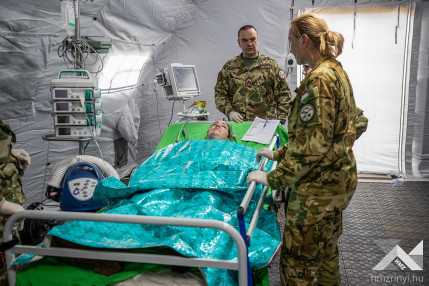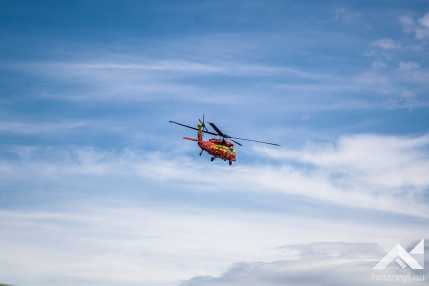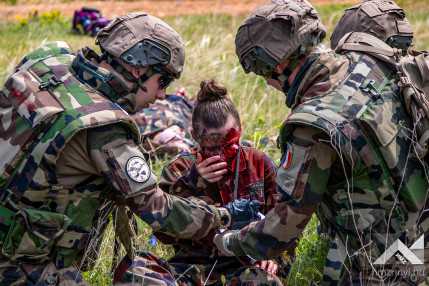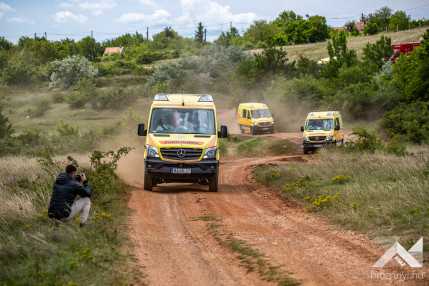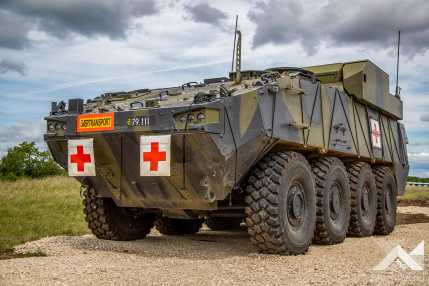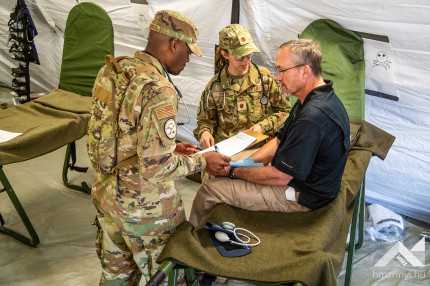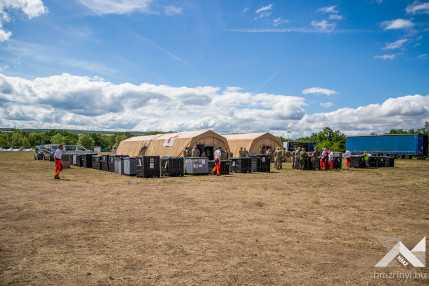Medical treatment quickly, precisely, on the move
Text: Marcell Burillák | Photo: Ákos Pintér | 15:20 May 9, 2024“Soldiers either fight or train. We are now in the training phase. We hope we won’t need to use the knowledge accumulating here, but we must acquire it by all means”, said Major Máté Tóth on 7 May, the media day of the multinational military medical Exercise Vigorous Warrior held in the Bakonykút training area.
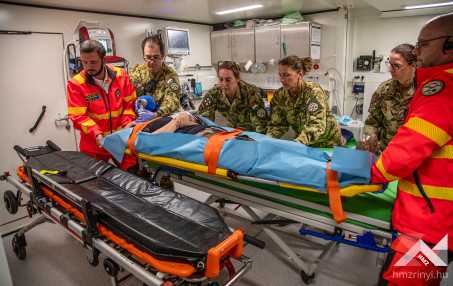
What kind of knowledge has the senior public affairs officer of the NATO Centre of Excellence for Military Medicine (NATO MILMED COE) in mind? First and foremost, the emphasis is on the deepening of international-level and civil-military medical cooperation as well as on the use of the latest lessons learned in wartime, while the training audience is practicing how to provide medical cover for a several-10,000-strong corps while opposing a fictitious enemy with similar capabilities.
Vigorous Warrior, NATO’s largest-scale military medical exercise was launched in Hungary for the first time in 2011. Back then, the event focusing on maneuvering with medical units and on military medicine was held with six participating nations, whereas this year, already 33 member and partner states of the Alliance signed up for the exercise, which is being conducted in Hungary again. The multinational personnel – including the 146-strong Hungarian contingent – are training for the most important challenges of our age under the aegis of the NATO Center of Excellence for Military Medicine (NATO MILMED COE) in Bakonykúti, Hungary between 22 April and 11 May.
“This exercise, which covers an area of approximately 1,000 square kilometers, is based on current lessons learned in wartime. The earlier foreign missions were characterized by a survival rate of over 90 percent, since the casualties were usually treated in under the golden hour, the first 60 minutes. However, the flow of casualties in need of treatment increased during the wars of the 2020s. We need to learn how to assure quality even in managing multiple casualties, and to prepare for quick maneuvering” – Major Máté Tóth told us about the priorities of the exercise.
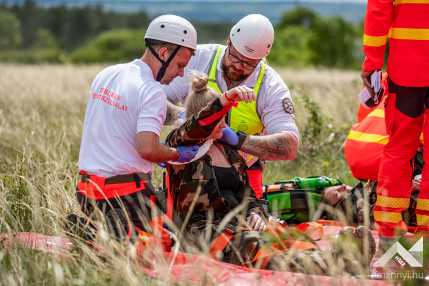
The senior officer pointed out that the objective is not only to strengthen language and professional cooperation among military and civilian medical units, although that is why the personnel of the Hungarian Police, the Red Cross and the National Ambulance Service have arrived to complement the more-than-1,500-strong military contingent. Vigorous Warrior is connected with the Clean Care CBRN defence exercise series as well, which trains them for dealing with nuclear and chemical hazards – the officer told us about the event that can be followed on social media sites under the tags #roadtovw24 and #vw24.
Under the protocol, after receiving tactical combat casualty care (such as Combat Application Torniquet – CAT or trauma bandage), casualties are immediately moved to a casualty collection point (CCP). In accordance with the treatment they need, they can be transported to three types of field medical treatment facilities. The Hungarian team has deployed a Role-2 field hospital with equipment going far beyond the Role-1 life-saving and stabilizing basic treatment. “Currently, for example, we have a biological laboratory and a mobile blood bank at hand to assist our work, but the Role-2 level may include a wide range of specialized medical treatments, even a dental facility” – said Lieutenant Colonel Dr. (MD) Péter Deres, Clinical Deputy Commander, HDF Medical Centre.
Soldiers entering the field hospital are first identified, and then taken to the emergency section or the observation unit depending on their injuries. Certain points of the tent provide various specialized treatments such as surgery room and intensive care unit (ICU), while the emergency care is assured via mobile respirator and X-ray equipment. “As an internist, I don’t interact with so many devices in my everyday routine, but here I can learn a lot of useful procedures”, says of his experiences Lieutenant (MD) Dr. Bence Béla Bessenyei, medical officer of the HDF Medical Centre, who joined the Hungarian Defence Forces through a “Lázár Mészáros” student grant after graduating from university.
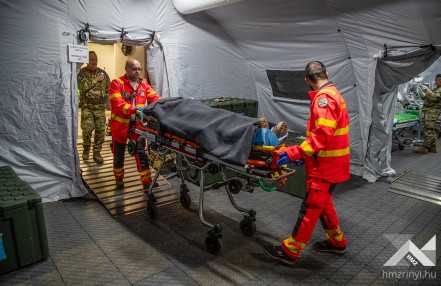
“Another rationale of this exercise is to shed light on those mistakes that we could not observe otherwise. Starting from the tiniest details, for example, when a wheel of the gurney of the National Ambulance Service gets stuck on a doorstep, right up to doctrinal levels. We can never be content with our performance, as there is a need for the constant development of the personnel and infrastructure. Therefore, we are planning targeted training schemes for our own personnel, including language, rapid diagnostics and military medicine courses” – summed up Lieutenant Colonel Dr. (MD) Péter Deres. The Danish, the US and the Hungarian Role-2 treatment systems operate with different procedures, but the personnel are trying to get to know each other’s customs as much as possible within the framework of Exercise Vigorous Warrior. “The key to the operation of the field hospital lies in the speed of its patient flow capacity and transfer to a higher level of treatment. We must always pay attention to avoiding an overfilled hospital, which requires of the colleagues of different nationalities fluent communication, clear special terminology and bridgeable paths of treatment” – said the clinical deputy commander.
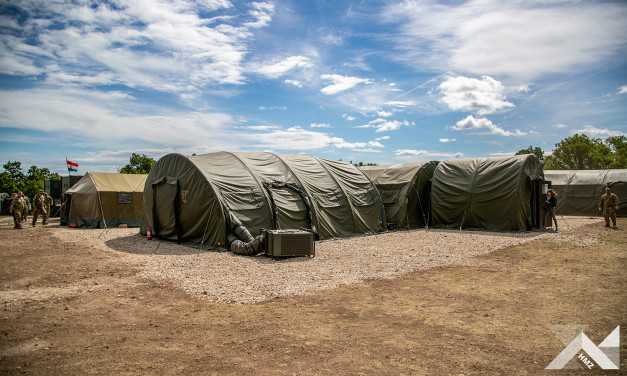
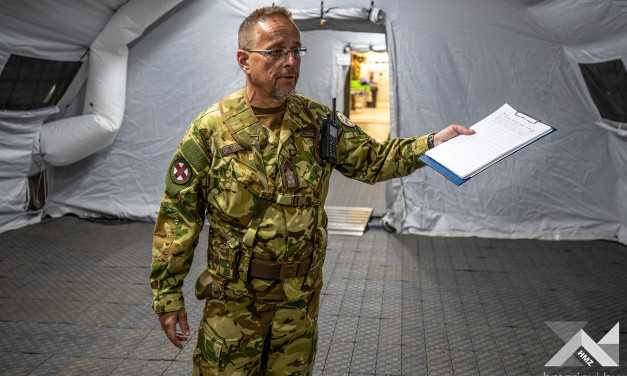



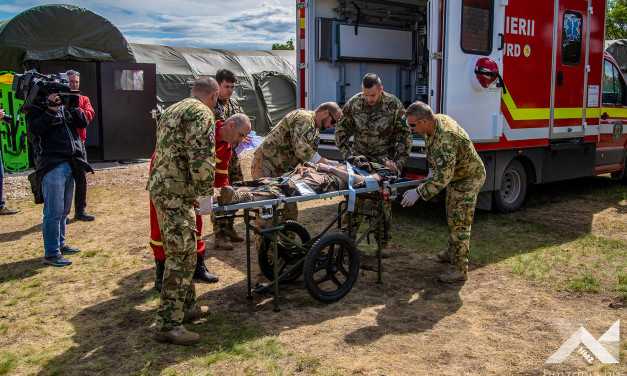

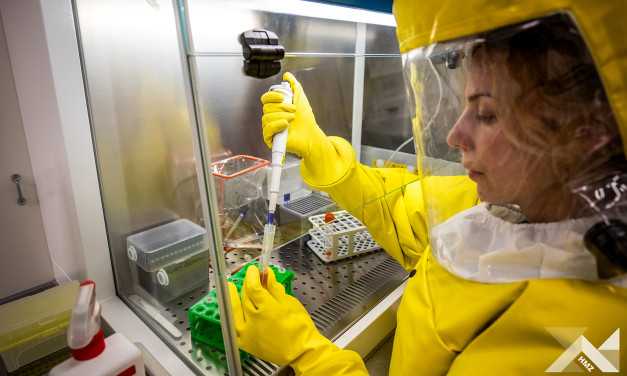
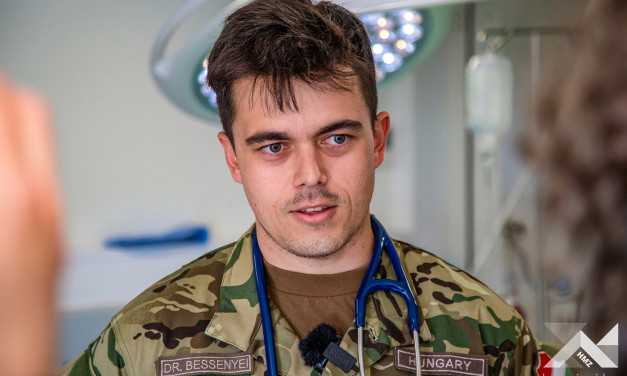


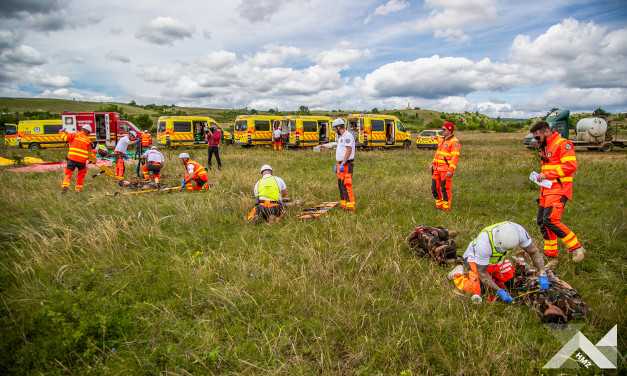
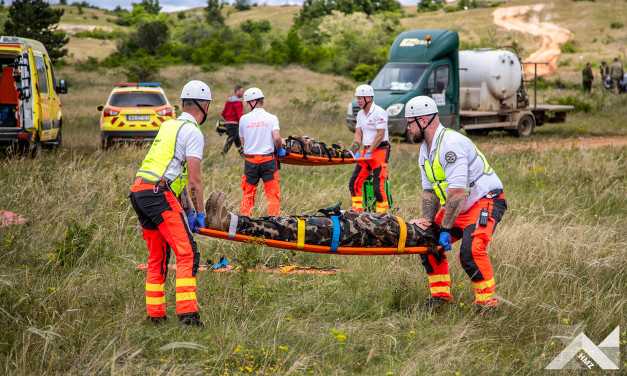

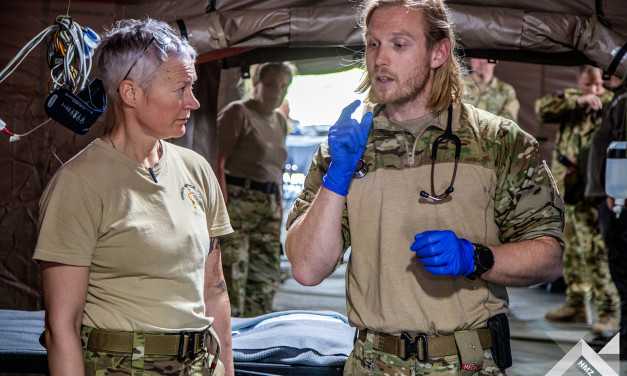

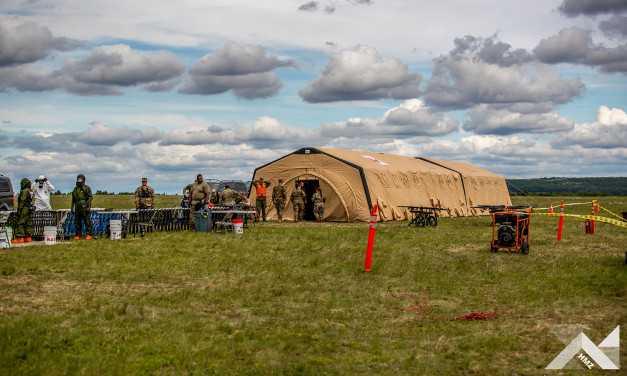
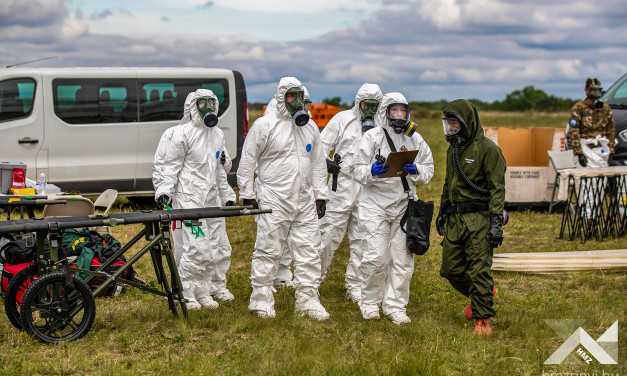
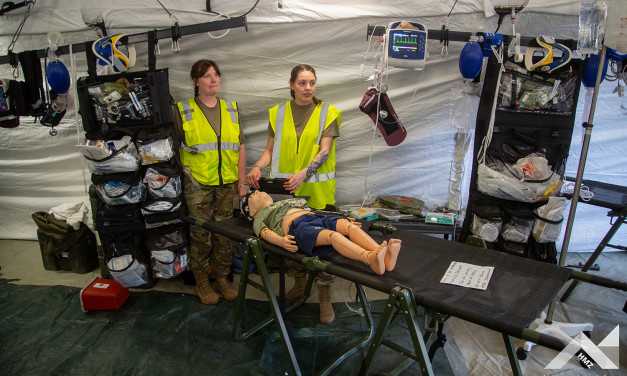
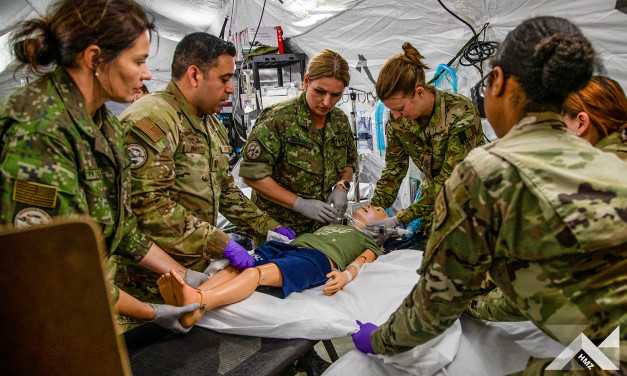


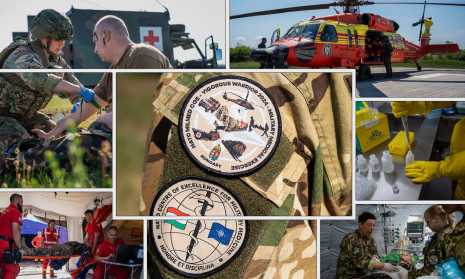
Multinational Life-Saving
11:35 May 9, 2024
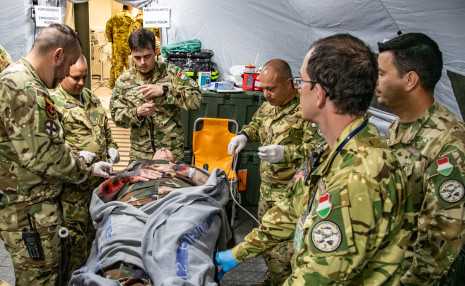
It Is Especially Important to Save Lives
12:38 May 9, 2024


